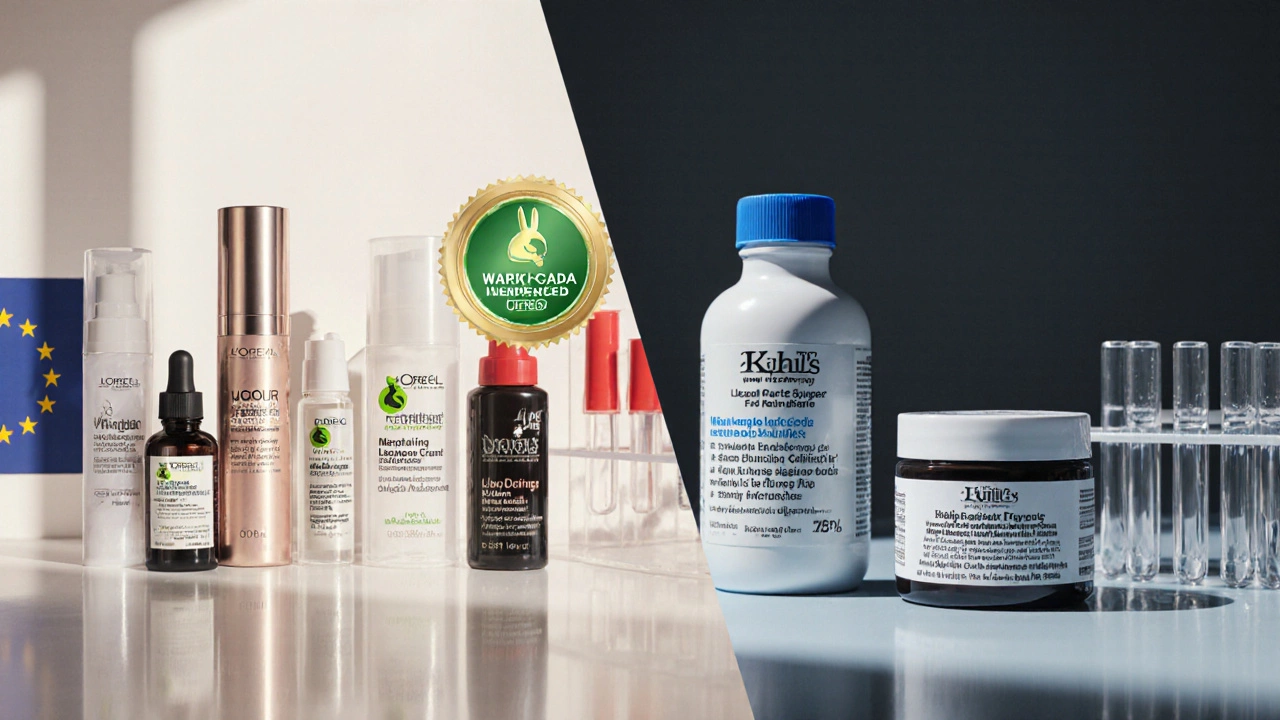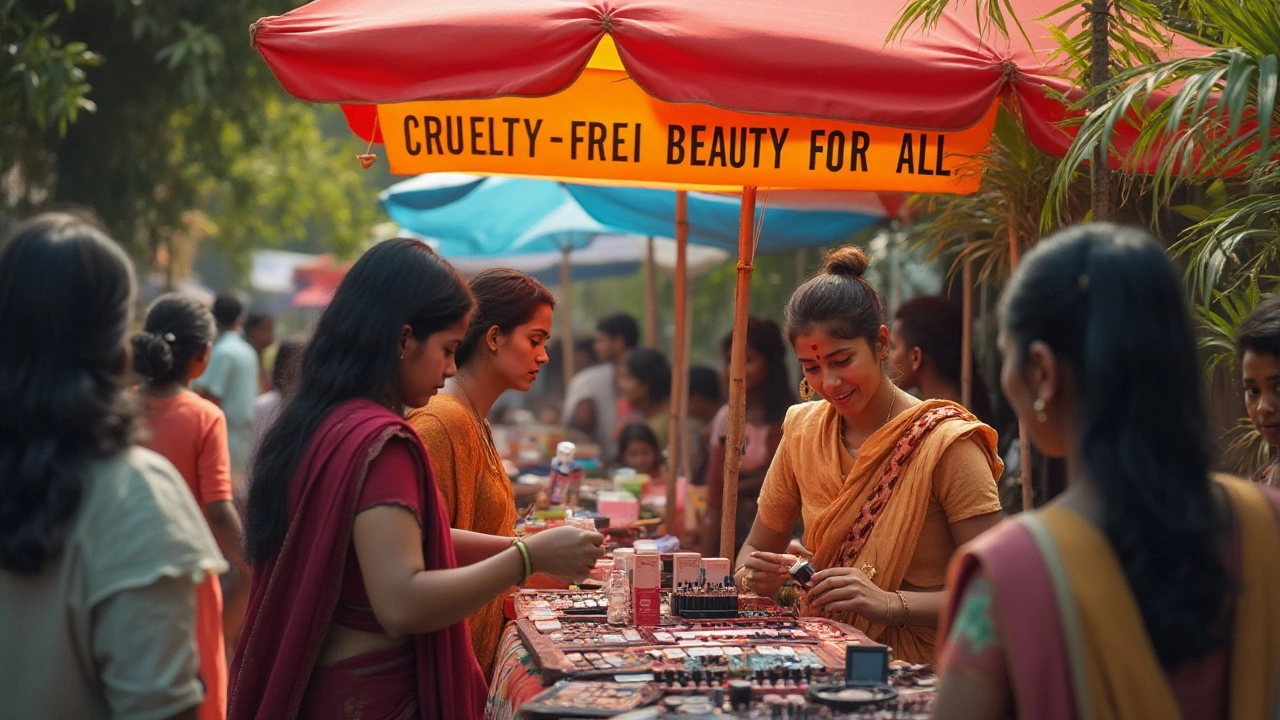Cruelty‑Free Makeup: Your Guide to Ethical Beauty
Thinking about ditching animal‑tested products? You’re not alone. More shoppers are asking, “Is this makeup cruelty‑free?” and the answer can change how you feel about every palette, lipstick, and concealer you use. Let’s break down what cruelty‑free really means and how you can find the best options without the guesswork.
First off, cruelty‑free means the brand never tests its finished products or ingredients on animals. It doesn’t guarantee the product is vegan—some cruelty‑free lines still use animal‑derived ingredients like beeswax or carmine. If you want fully vegan, check the label or the brand’s ingredient list. Knowing the difference helps you shop with confidence.
Why Choose Cruelty‑Free Makeup?
Beyond the obvious moral win, cruelty‑free products often use cleaner formulas. Brands aiming for ethical standards tend to avoid harsh chemicals that can irritate skin. That means fewer breakouts and a lower chance of allergic reactions. Plus, many cruelty‑free companies are transparent about sourcing, which can translate into better overall product quality.
Another perk is community support. When you buy cruelty‑free, you back companies that invest in animal‑rights advocacy and push the industry toward stricter regulations. Your purchase becomes a small vote for a larger change, and you’ll see more brands taking a stand every year.
Best Cruelty‑Free Brands in 2025
Two big names often pop up in the conversation: Clinique and Fenty Beauty. Recent reports show Clinique is still testing on animals in some regions, making it a questionable pick for strict cruelty‑free shoppers. On the other hand, Fenty Beauty has confirmed its products are free from animal testing worldwide, earning it a solid spot on most ethical lists.
Beyond the big players, look for brands that proudly wear cruelty‑free certifications from groups like Leaping Bunny or PETA. Brands such as e.l.f., Too Faced, and Milk Makeup consistently pass these audits and offer a wide range of shades for every skin tone. Their products are easy to find on popular e‑commerce sites, so you won’t have to hunt far for ethical options.
If you’re on a budget, don’t assume cruelty‑free equals pricey. Drugstore lines from CoverGirl and NYX have cruelty‑free sub‑brands that deliver performance without breaking the bank. Check the packaging for the cruelty‑free logo or search the brand’s official cruelty‑free statement online.
When you shop, use the filter tools on beauty sites. Most online retailers let you tick “cruelty‑free” to narrow results. This saves time and ensures you only see products that match your values.
Finally, read reviews. Real users often point out if a brand slipped up with testing claims or if a product’s performance lives up to the hype. Forums, YouTube channels, and Instagram accounts dedicated to ethical beauty can be treasure troves of up‑to‑date information.
Switching to cruelty‑free makeup doesn’t have to be overwhelming. Start with one or two basics—like a foundation or mascara—from a certified brand, then expand as you discover what works for you. The more you buy, the louder the market’s message becomes, pushing even more companies to go animal‑testing‑free.
Ready to make the change? Grab a cruelty‑free eyeliner, test a new lipstick shade, and enjoy the feel‑good factor that comes with every swipe. Your skin—and conscience—will thank you.
L'Oreal Animal Testing: Is the Brand Truly Cruelty‑Free?
Discover if L'Oreal tests on animals, learn about its cruelty‑free policies, global regulations, and how to choose truly animal‑free makeup.
Exploring the Ethical Practices of e.l.f. Cosmetics in Cruelty-Free Beauty
e.l.f. Cosmetics has established a reputation as a leading cruelty-free brand, appealing to ethically minded consumers. Known for its affordable and innovative products, this article dives into the company's commitment to ethical practices. We'll explore its strategies for maintaining a cruelty-free status and how this aligns with environmental sustainability. Discover insights into how e.l.f. Cosmetics is impacting the cruelty-free makeup industry and tips for consumers wanting to make ethical beauty choices.


 Hair Care
Hair Care